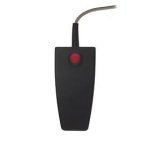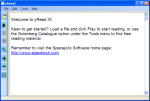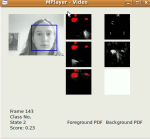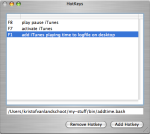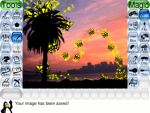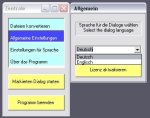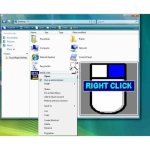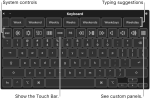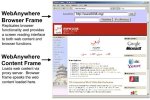Classic Search
63 Results
Note: Changing any of the the sort, count or discontinued filters below will cause the page to reload.
Operating System
Biggies are large cursors for all programs.
A compact ‘V’ shaped hand control that can operate on OS devices, emulate single or multiple keyboard functions and factory set to the user's requirements.
A free on-screen virtual keyboard designed to provide computer accessibility to anyone with a disability that prevents them from typing on a physical computer keyboard.
A free, open-source, screen magnifier, for Windows, Linux, FreeBSD and Mac OS X.
Software that works by intelligently monitoring cursor moves on the screen. When users pause, Nib performs the mouse click for them.
Reads both accessible and inaccessible text aloud from websites, images, photographs, PDFs, web-based tests, and other media.
Software that will load a plain text (TXT) or HTML file and display it in a single-column, resizable window. Then it will read the file to the user out loud, using human speech.
E-Mintza is a customizable and dynamic system of augmentative and alternative communication aimed at people with autism or with oral or written communication barriers.
An instant book-to-speech multi-tasking tool for multi-tasking users.
A pocket-size, two-switch USB interface that emulates mouse, joystick, and keyboard functions.
A collection of free audio games on the web. The games have speech, sound, and graphics for players of all ages and abilities who are visually impaired or blind.
A free screen review package that enables users to interact with applications and the GNU/Linux operating system with audible feedback from the console using a synthetic speech device.
Free software that enables blind and screen reader users to use podcasts.
Emacspeak is a speech interface that allows visually impaired users to interact independently and efficiently with the computer.
An open-source gaze tracker for use with ordinary webcams. It is designed to be a low-cost software alternative to commercial hardware-based eye trackers.
A Linux-based application for the open-source GNOME desktop environment designed toward aiding the physically impaired community by providing control of the mouse pointer using a low-cost webcam that can interpret a user's head movement as computer input.
A small and basic application that launches any script the user wants after clicking any hotkey the user creates.
Tux Paint is a free drawing program designed for young children (kids ages 3 and up). It has a simple, easy-to-use interface, fun sound effects, and an encouraging cartoon mascot who helps guide children as they use the program. It provides a blank canvas and a variety of drawing tools to help children be creative.
A series of programs that convert written text into speech and creates and publishes audio contributions with high-quality speech.
Onscreen keyboard for users with movement restrictions. It is customizable in size and spacing of keys, has word prediction, only uses a single click or hover mode, and a deluxe version for special keys and scanning mode. Custom requests are also taken.
An on-screen mouse that enables click with touch screen operation for people suffering majorly from neurological disorders.
LowBrowse is a Firefox extension that provides a new kind of user interface specifically designed for users with low vision.
Siri is a built-in "intelligent assistant," part of Apple Inc.'s iOS, watchOS, macOS, and tvOS operating systems.
The Accessibility Keyboard is an onscreen keyboard that lets you use your Mac without a physical keyboard. It provides advanced typing and navigation features that you can customize to make it easier to use your favorite apps.
A web-based screen reader for the web. It requires no special software to be installed on the client machine and, therefore, enables blind people to access the web from any computer they happen to have access to that has a sound card. Visit wa.cs.washington.edu to access WebAnywhere directly.


